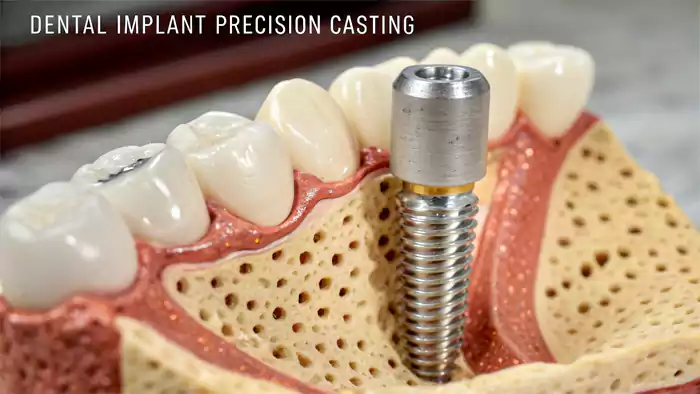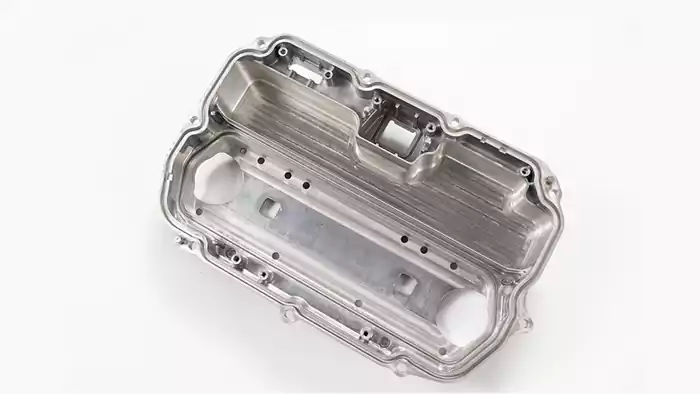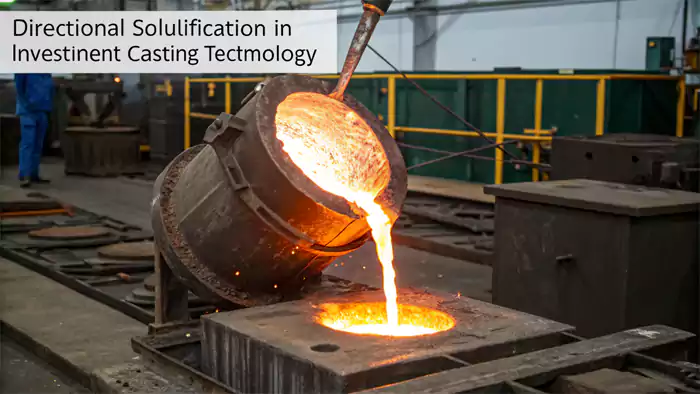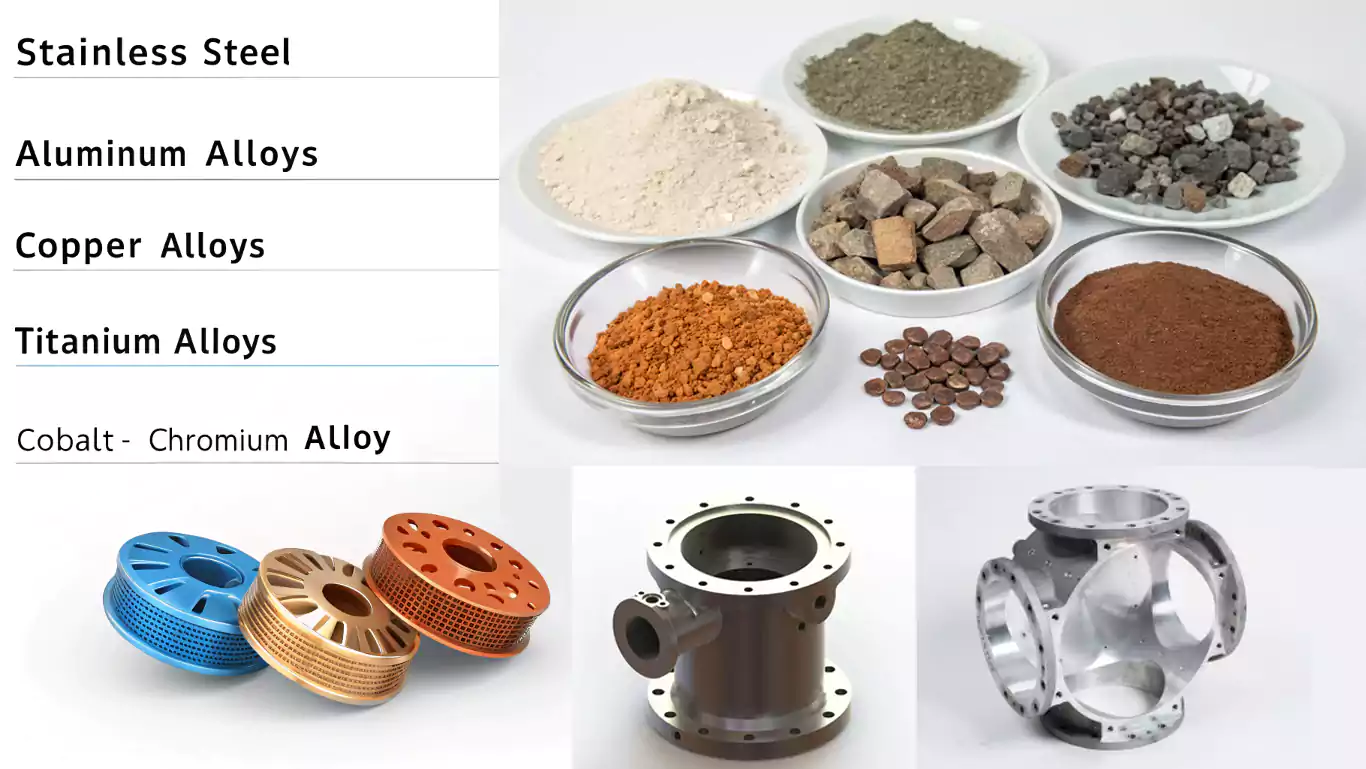Ever faced rejected parts due to poor dimensional accuracy? I’ve watched entire batches fail quality checks until we adopted precision casting methods.
Precision casting produces metal components with tolerances within ±0.15mm using ceramic shell molds, achieving surface finishes under 3.2µm without additional machining. This method excels in creating intricate shapes that other processes can’t replicate.

Three years ago, a client needed stainless steel brackets with internal threads – impossible with sand casting. Precision casting delivered ready-to-use parts, cutting assembly time by 70%.
What Is a Precision Casting?
Designing a gear system with helical teeth? Traditional methods require post-machining. Precision casting forms these details directly.
Precision casting involves creating exact replicas using expendable wax patterns and ceramic molds, achieving up to 95% dimensional accuracy compared to CAD models. Over 60% of aerospace castings use this method.

How It Outperforms Conventional Methods
| Aspect | Sand Casting | Precision Casting |
|---|---|---|
| Tolerance | ±2mm | ±0.15mm |
| Surface Finish | 12.5µm | 3.2µm |
| Minimum Wall Thickness | 3mm | 1mm |
When we first tried casting aluminum heat sinks, sand casting left rough fins. Switching to precision casting eliminated all finishing work and improved heat dissipation by 40%.
What Are the Features of the Casting Process?
Tired of welding multiple components? Precision casting’s standout features solve integration challenges.
This process allows single-piece casting of assemblies, accommodates alloys melting up to 1600°C, and achieves 98% material density. Our automotive clients reduce part counts by 30% on average.

Critical Process Advantages
| Feature | Impact | Real-World Example |
|---|---|---|
| Near-net shape1 | Saves 4-6 machining steps | Pump housings used directly after casting |
| Complex internal channels | No assembly required | Hydraulic manifolds with 10 cross-drilled paths |
| High-temperature capability | Enables superalloy use | Jet engine turbine blades |
Last year, we cast a bronze ship propeller as one piece – a task requiring 5 separate sand-cast parts previously. This cut production time from 8 weeks to 12 days.
What Are the Techniques of Precision Casting?
Why do some castings crack during cooling? The right techniques prevent these failures.
Advanced methods include directional solidification, vacuum degassing, and computerized mold preheating. Implementing melt filtration reduced our inclusion defects by 90%.

Technique Comparison Guide
| Method | Cost | Complexity | Best For |
|---|---|---|---|
| Shell Molding | $ | Low | High-volume steel parts |
| Investment Casting | $$$ | High | Complex geometries |
| Lost Foam | $$ | Medium | Large aluminum parts |
A titanium golf club head project taught us this: improper cooling caused stress fractures2. Using graded mold preheating3 eliminated all thermal cracks.
What Are the Characteristics of Good Casting Material?
Ever had a part corrode prematurely? Material properties make or break performance.
Ideal materials show predictable shrinkage (1.5-2%), high fluidity, and low gas absorption. Our material specs require at least 450MPa tensile strength for structural parts.

Material Selection Criteria
| Property | Test Method | Target Value |
|---|---|---|
| Fluidity | Spiral Test | >600mm flow |
| Hot Tears | Ring Test | <2 cracks |
| Porosity | X-Ray Scan | <0.5% area |
When a marine supplier used standard bronze, saltwater caused pitting. Switching to nickel-aluminum bronze increased service life from 5 to 15 years.
Summarize
Precision casting combines tight tolerances, material versatility, and complex geometries – essential for high-performance applications across industries from medical to energy sectors.
-
Exploring this link will provide insights into how near-net shape manufacturing can significantly reduce machining steps and costs. ↩
-
Learning about the causes of stress fractures can help in designing better casting processes and materials, leading to improved product reliability. ↩
-
Exploring graded mold preheating can reveal techniques to enhance casting quality and reduce defects, crucial for manufacturing success. ↩